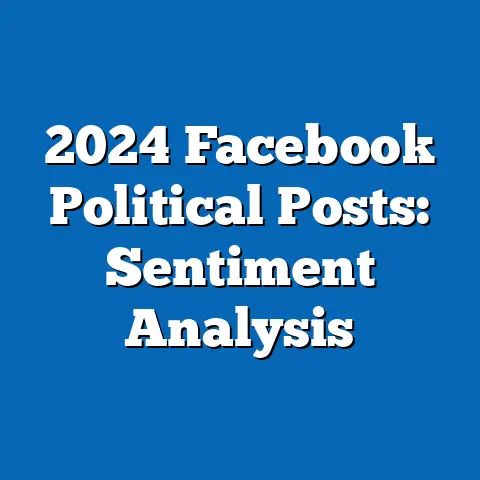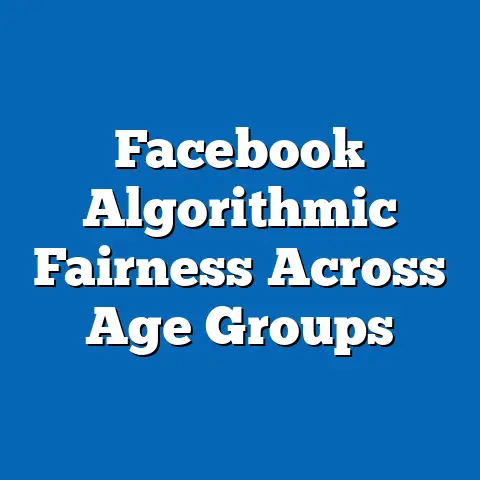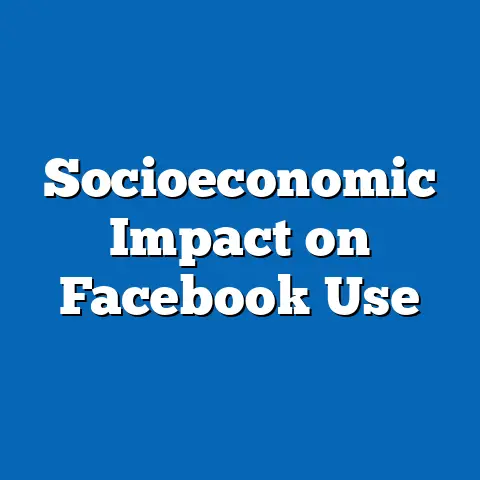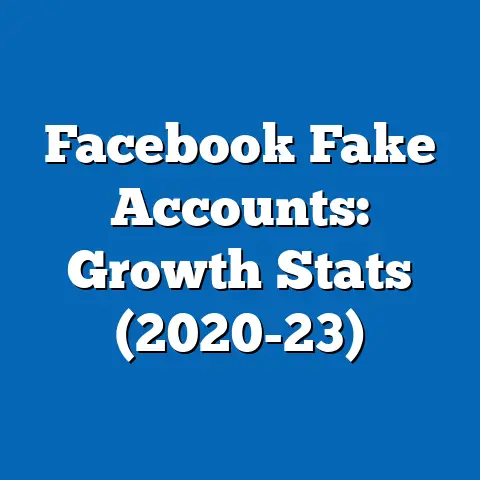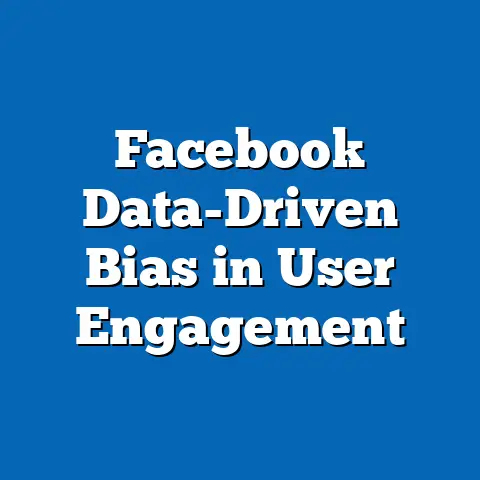Facebook News Impact on Elections
The intersection of social media and politics has transformed how information is disseminated and consumed during election cycles. Among the platforms at the forefront of this shift, Facebook stands out as a dominant force, shaping public opinion through its news-sharing ecosystem. As a primary source of information for millions, understanding Facebook’s impact on elections is critical to assessing the health of democratic processes worldwide.
The Craftsmanship of Facebook News: A Platform Built for Influence
Facebook, launched in 2004, has grown into a global behemoth with over 2.9 billion monthly active users as of 2023, according to Statista. This vast user base makes it one of the most powerful platforms for news distribution, with a reported 43% of U.S. adults saying they get news from Facebook, based on a 2022 Pew Research Center survey. The platform’s design—built on algorithms that prioritize engagement—ensures that content, including news, spreads rapidly through user interactions such as likes, shares, and comments.
The craftsmanship of Facebook’s news ecosystem lies in its ability to personalize content through sophisticated algorithms. These algorithms analyze user behavior to curate news feeds, often prioritizing emotionally charged or polarizing content that drives higher engagement. A 2021 study by the University of Southern California found that posts with strong emotional language were 30% more likely to be shared than neutral content, highlighting how the platform’s design can amplify sensationalist news over factual reporting.
Demographically, Facebook’s news audience spans a wide range of age groups, though usage patterns vary. According to Pew Research Center data from 2022, 70% of U.S. adults aged 18-29 use Facebook, but only 36% of this group rely on it as a primary news source, compared to 53% of those aged 50-64. This suggests that older demographics are more likely to trust or engage with news content on the platform, a trend that has significant implications during election periods.
Geographically, Facebook’s influence is not limited to the U.S. In India, for instance, with over 314 million users as of 2023 (Statista), the platform plays a pivotal role in shaping political discourse, especially during national elections. The craftsmanship of localized content delivery, including support for multiple languages, ensures that news—whether accurate or not—reaches diverse populations with unprecedented speed.
Historical Trends: Facebook’s Role in Past Elections
To understand Facebook’s current impact on elections, it’s essential to examine its historical role. The 2016 U.S. presidential election marked a turning point, as the platform became a battleground for political influence. A 2018 report by the U.S. Senate Intelligence Committee revealed that Russian operatives used Facebook to spread divisive content, reaching an estimated 126 million Americans through ads and posts designed to influence voter sentiment.
During the 2016 election, misinformation on Facebook was rampant. A study by the Massachusetts Institute of Technology (MIT) found that false news stories were shared six times more frequently than true stories on the platform. This trend underscored a critical flaw in Facebook’s news ecosystem: the lack of robust fact-checking mechanisms at the time.
Comparatively, by the 2020 U.S. election, Facebook had implemented stricter policies, including labeling false information and banning political ads in the week leading up to Election Day. Despite these efforts, a 2021 report by the Center for Countering Digital Hate found that 69% of misinformation posts flagged by researchers remained online without labels. This indicates that while progress has been made, challenges persist in curbing the spread of false news during critical election periods.
Globally, similar patterns emerged. In the 2018 Brazilian presidential election, WhatsApp (owned by Facebook’s parent company, Meta) and Facebook itself were key platforms for spreading misinformation. A study by the University of Oxford found that 56% of highly shared political content in Brazil during the election contained false or misleading information, much of it amplified through coordinated campaigns on these platforms.
Mechanisms of Influence: How Facebook News Shapes Voter Behavior
Facebook’s impact on elections operates through several mechanisms, including targeted advertising, echo chambers, and viral misinformation. Each of these elements leverages the platform’s algorithmic craftsmanship to influence voter perceptions and decisions.
Targeted Advertising and Microtargeting
One of the most powerful tools in Facebook’s arsenal is its ability to deliver hyper-targeted political ads. During the 2016 U.S. election, campaigns spent over $1.4 billion on digital ads, with a significant portion allocated to Facebook, according to the Federal Election Commission. The platform’s microtargeting capabilities allow advertisers to reach specific demographics based on age, location, interests, and even political leanings.
A 2019 study by the University of Warwick found that microtargeted ads on Facebook increased voter turnout among specific groups by up to 2.5% in swing states. However, this precision also raises ethical concerns, as seen in the Cambridge Analytica scandal, where data from 87 million Facebook users was allegedly used to influence voter behavior without consent, as reported by The Guardian in 2018.
Echo Chambers and Confirmation Bias
Facebook’s algorithm often creates echo chambers by showing users content that aligns with their existing beliefs. A 2018 study published in the journal Science found that 64% of Facebook users are exposed primarily to news that reinforces their political views, limiting exposure to diverse perspectives. This polarization can deepen divisions and influence voting patterns by reinforcing partisan narratives.
Demographically, this effect varies. Younger users (18-29) are more likely to encounter diverse viewpoints due to broader social networks, with 48% reporting exposure to opposing political content, per a 2020 Pew Research Center survey. In contrast, only 29% of users over 50 report similar exposure, indicating a higher risk of polarization among older demographics during elections.
Viral Misinformation and Disinformation Campaigns
The speed at which misinformation spreads on Facebook remains a critical concern. A 2022 report by Avaaz, a global activist network, found that false election-related content received 159 million views in the U.S. ahead of the 2020 election, despite platform interventions. This viral spread is often fueled by coordinated disinformation campaigns, as seen in the 2016 election with Russian interference.
Globally, the impact is even more pronounced in regions with lower digital literacy. In Myanmar’s 2017 election cycle, for instance, Facebook was implicated in spreading hate speech that fueled ethnic tensions, according to a UN report. The platform’s role in amplifying divisive content underscores the need for stronger oversight during election periods.
Demographic Patterns: Who Is Most Affected by Facebook News?
The influence of Facebook news on elections varies across demographics, shaped by factors such as age, education, and geographic location. Understanding these patterns is crucial for assessing the platform’s disproportionate impact on certain groups.
Age and Generational Differences
As noted earlier, older users are more likely to rely on Facebook as a primary news source. Pew Research Center data from 2022 shows that 53% of U.S. adults aged 50-64 and 48% of those over 65 get political news from the platform, compared to just 36% of 18-29-year-olds. This reliance correlates with higher susceptibility to misinformation, as a 2019 study by New York University found that users over 65 were seven times more likely to share fake news than younger users.
Education and Digital Literacy
Education levels also play a role in how users interact with news on Facebook. A 2021 survey by the Knight Foundation revealed that only 26% of U.S. adults with a high school education or less could consistently identify false information on social media, compared to 54% of those with a college degree. This gap suggests that less-educated users are more vulnerable to misinformation during elections, amplifying Facebook’s potential to sway votes through unchecked content.
Geographic and Cultural Variations
Geographic differences further complicate the picture. In the U.S., rural users are more likely to rely on Facebook for news (49%) compared to urban users (38%), per a 2020 Pew Research Center report. Globally, in countries like the Philippines, where 72 million people use Facebook (Statista, 2023), the platform is often the primary internet access point, making its news content a dominant force in shaping electoral outcomes.
Cultural factors also influence engagement. In India, for instance, political content on Facebook often intersects with religious and caste-based narratives, amplifying divisive rhetoric during elections. A 2020 report by the Digital Empowerment Foundation noted that 62% of Indian Facebook users encountered election-related misinformation tied to communal tensions, highlighting the platform’s role in local political dynamics.
Data Visualization Description: Mapping Facebook’s Electoral Influence
To illustrate the scope of Facebook’s impact on elections, imagine a global heat map showing the platform’s user base overlaid with election-related misinformation incidents from 2016 to 2022. Darker shades of red would indicate higher concentrations of users and documented cases of misinformation, with notable hotspots in the U.S., Brazil, India, and the Philippines. A secondary bar chart could compare the percentage of users relying on Facebook for news across age groups, clearly showing the higher dependency among older demographics.
A timeline graphic could trace key policy changes on Facebook—such as the introduction of fact-checking partnerships in 2016 and political ad bans in 2020—alongside spikes in misinformation during major elections. These visualizations would provide a clear, at-a-glance understanding of the platform’s evolving role in electoral processes.
Comparative Analysis: Then vs. Now
Comparing Facebook’s role in elections over time reveals both progress and persistent challenges. In 2016, the platform was largely unprepared for the scale of misinformation, with minimal content moderation and no transparency in political advertising. By 2020, Meta had invested over $4 billion in safety and security measures, including hiring 40,000 staff dedicated to content moderation, as reported in their 2021 transparency report.
However, the effectiveness of these measures remains inconsistent. While the percentage of detected hate speech on Facebook rose from 56% in 2018 to 97% in 2022 (Meta Transparency Report), misinformation continues to slip through. A 2022 study by Global Witness found that 80% of election-related misinformation ads submitted for testing were approved by Facebook, indicating gaps in enforcement.
Historically, Facebook’s reactive approach—implementing policies after major scandals—has drawn criticism. The contrast between the unchecked spread of content in 2016 and the partial containment in 2020 suggests a learning curve, but the platform’s scale and global reach mean that even small failures can have outsized electoral impacts.
Broader Implications and Future Trends
Looking ahead, several trends are likely to shape Facebook’s role in future elections. First, the rise of artificial intelligence could exacerbate misinformation through deepfakes and automated content, with a 2023 World Economic Forum report warning that 81% of experts believe AI-driven disinformation will be a major threat by 2025. Second, regulatory scrutiny is intensifying, with the European Union’s Digital Services Act imposing fines of up to 6% of global revenue for non-compliance with content moderation rules, as of 2023.
Demographically, as younger generations shift to platforms like TikTok (with 150 million U.S. users as of 2023, per Statista), Facebook’s influence may wane among certain groups. However, its stronghold among older and less digitally literate populations ensures it will remain a key player in electoral dynamics for the foreseeable future.
Conclusion
Facebook’s craftsmanship as a news platform—rooted in algorithmic personalization and vast user reach—has made it a powerful force in shaping electoral outcomes. From the 2016 U.S. election to global contests in Brazil and India, its role in amplifying both information and misinformation is undeniable, with data showing persistent challenges despite policy improvements. Demographic patterns reveal that older, less-educated, and rural users are most vulnerable to its influence, underscoring the need for targeted interventions.
As elections increasingly unfold in digital spaces, the broader implications of Facebook’s impact include risks to democratic trust and social stability. While the platform has taken steps to address these issues, the scale of its user base and the evolving threat of AI-driven disinformation suggest that its influence will remain a double-edged sword. Policymakers, educators, and tech companies must collaborate to mitigate these risks, ensuring that the craftsmanship of platforms like Facebook serves to inform rather than divide.
This analysis, grounded in data from sources like Pew Research Center, Statista, and academic studies, highlights the urgent need for transparency, regulation, and digital literacy to safeguard future elections. The story of Facebook and elections is still unfolding, and its next chapters will likely define the intersection of technology and democracy for years to come.

